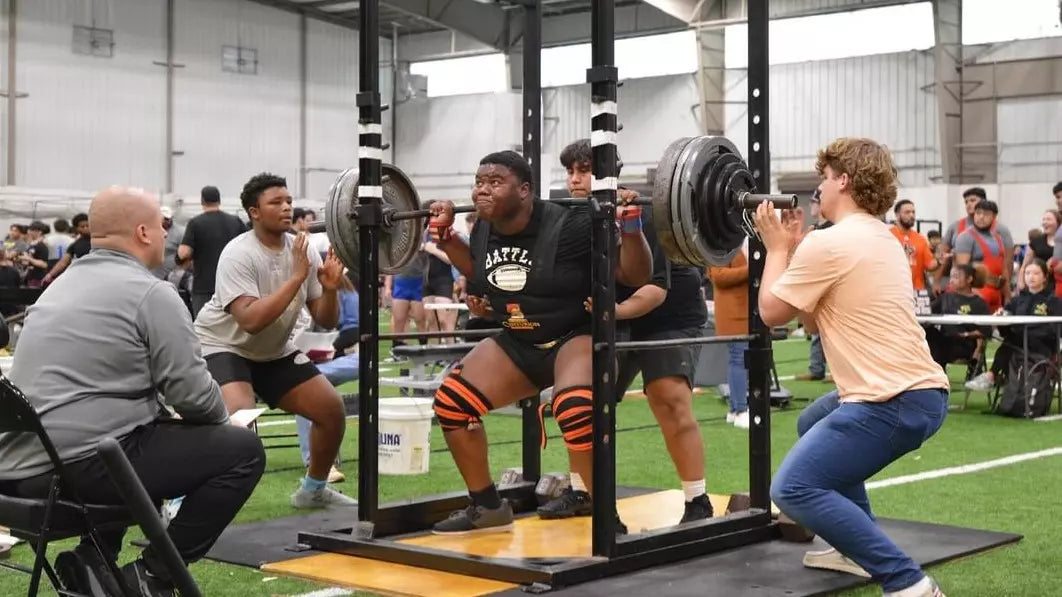
The Principle of Specificity: Your Ultimate Guide to Powerlifting Training
In the world of strength training, the Principle of Specificity is the foundational law upon which all progress is built. Often summarized as "You get good at what you do," this principle dictates that your body will adapt specifically to the demands you place upon it. For a powerlifter, understanding and applying this principle isn't just a good idea—it's the absolute key to transforming your training into a bigger total on the platform. This guide will explore the different facets of specificity and how to manipulate them for peak performance.

What is the Principle of Specificity?
The principle states that the adaptations your body makes will be specific to the type of training you perform. If you run marathons, you'll get better at running marathons, not at bench pressing a new PR. For a powerlifter, this means that to get better at squatting, benching, and deadlifting a one-rep max (1RM), your training must, at some point, look very similar to that specific task.
This concept, known as Specific Physical Preparedness (SPP), is the cornerstone of all effective athletic programming, as emphasized by governing bodies like the National Strength and Conditioning Association (NSCA).
The Different Types of Specificity in Powerlifting
Specificity isn't just about doing the main lifts. It can be broken down further:
1. Movement Specificity
This refers to how closely an exercise mimics the competition lift.
- High Specificity: A competition-style squat.
- Moderate Specificity: A close-variation like a paused squat or a box squat. These are similar but change one variable (like momentum or muscle emphasis).
- Low Specificity (General): A leg press or a lunge. These build the same muscles but in a very different pattern.
2. Load (Intensity) Specificity
To get better at lifting a 1RM, you must practice lifting heavy weight.
- High Specificity: Lifting weights at 90%+ of your 1RM for singles or doubles.
- Low Specificity: Lifting weights in the 8-12 rep range for hypertrophy.
3. Velocity Specificity
The speed at which you lift matters.
- High Specificity: A maximal attempt is slow by nature (a "grinder"). Practicing heavy lifts prepares you for this.
- Opposite Specificity (Dynamic Effort): Training with light weights for maximum speed, as seen in the Dynamic Effort Method, specifically trains your Rate of Force Development (RFD), which helps you accelerate through sticking points.
Manipulating Specificity Throughout Your Macrocycle
The art of good programming is knowing when to be specific and when to be general. Your training should move along a continuum from general to specific as you approach a competition.
- Off-Season (General Preparation): This is the time for low specificity. The focus is on building muscle and work capacity. You'll use lots of exercise variations, higher rep ranges, and bodybuilding-style accessories.
- Pre-Competition (Strength Block): Specificity increases. You'll focus more on the competition lifts and their close variations, and the intensity will climb into the 85-90% range.
- Meet Prep (Peaking): This is the phase of maximum specificity. Your training will almost exclusively be the competition lifts, performed at or above 90% intensity, mimicking meet day conditions.
This structured approach is a key component of a successful powerlifting macrocycle.
The Principle of Specificity is the compass that should guide all of your programming decisions. While general exercises have their place in building your foundation, your ability to express your strength on the platform is directly tied to how well you've practiced the specific skill of lifting a maximal weight in the squat, bench press, and deadlift. Train with purpose, increase your specificity as you near a meet, and watch your total climb.
How do you manipulate specificity in your own training? Let us know in the comments!








